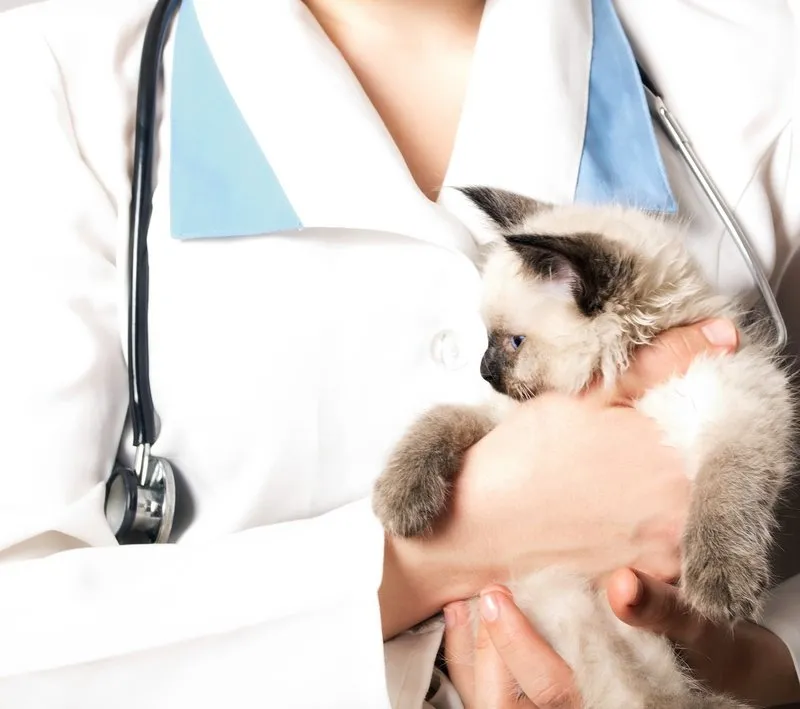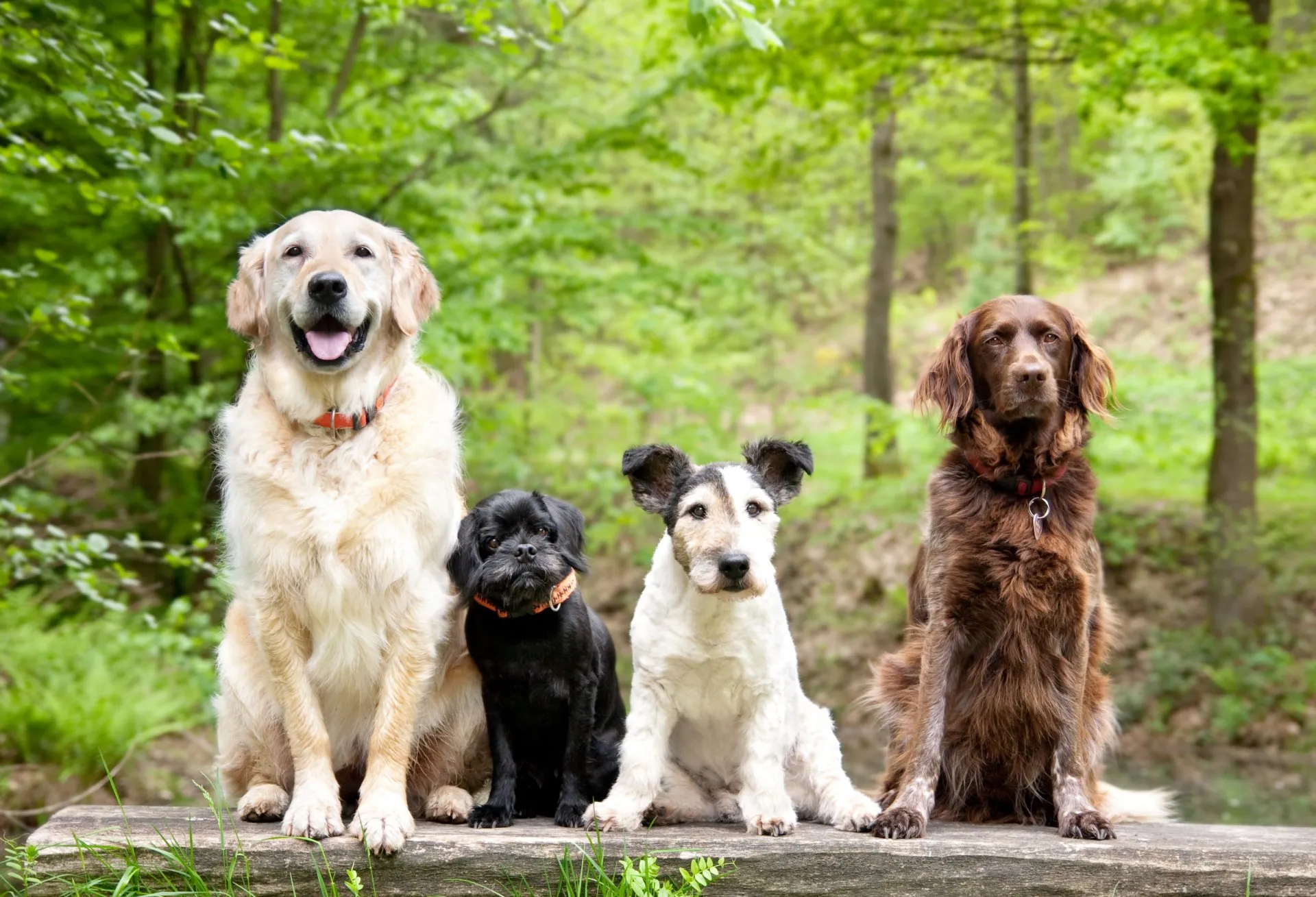Have you ever considered getting a Guinea pig for a pet? These cute furballs are very friendly and affectionate, and make excellent pets. Native to South America, the Guinea pig first traveled to Europe about 400 years ago, and has since become a very popular pet. Guinea pigs typically live to be between five and seven years old, which is much longer than a typical pocket pet. In this article, your local vet West Greenwich gives a basic introduction to Guinea pigs.
Temperament
Guinea pigs are often quite docile and friendly. They are more vocal then most pocket pets, and make some very cute trilling type sounds! Piggies are quite intelligent and curious, and love to play and explore. Like many pets, they are friendliest if they have been properly socialized as babies. Guinea pigs often enjoy having a roommate, so you can have two, as long as they are both of the same sex.
Caging
Each Guinea pig will need a minimum of eight square feet of space. Avoid using wire cages, unless they have solid flooring, as wire can hurt your pet’s little feat. They will also need to have a house within their cage, which will provide them a safe haven to retreat to if they are frightened or sleepy. Your piggy may enjoy some plastic tubes, or a little home made out of woven hay, but you can also make your pet a home out of a cardboard or wooden box. Paper or pine are good choices for bedding, which will need to be several inches deep. Don’t use cedar for Guinea pigs, as it is toxic to them.
Food
As you might guess by the name, Guinea pigs love eating! Your pet might even make cute little sounds when you open the fridge door or walk past the cage with a plate of food. You can feed a Guinea pig commercial pellets for his basic diet, and supplement it with some fruits and veggies, such as peas, cucumber or carrots. You’ll need to be sure that your furball’s diet includes sufficient Vitamin C, so he doesn’t get sick from a deficiency. Fresh hay and water are also required.
Care
Your pet may be a bit shy at first if he isn’t used to being handled. Always be gentle with your Guinea pig. Feeding him treats is a great way to help your Guinea pig bond to you. Once your pet is used to being handled, you can even teach him some cute tricks!
Our Advice on Meet the Guinea Pigs in 2024
What are some critical characteristics of Guinea pigs as pets?
Guinea pigs are beloved pets known for their docile and friendly nature. Native to South America, they exhibit curious and playful behavior, often vocalizing with unique trilling sounds that set them apart from other pocket pets. These intelligent animals thrive in social environments, preferring the company of another Guinea pig to prevent loneliness. They require a spacious cage with a solid floor, a cozy shelter, a diet rich in Vitamin C, and fresh hay and water. With proper socialization from a young age, Guinea pigs form strong bonds with their owners, making them affectionate and interactive companions.
What is the typical lifespan of a Guinea pig?
Guinea pigs typically live five to seven years, although with optimal care, some may live up to eight years or slightly longer. Their longevity is influenced by genetics, diet, environment, and quality of veterinary care. A balanced diet rich in Vitamin C, a spacious and clean habitat, regular social interaction, and preventive veterinary health checks can help ensure a Guinea pig’s whole and healthy life. Owners need to commit to the long-term care these delightful pets require.
What are the socialization needs of Guinea pigs?
Guinea pigs are highly social creatures that thrive on companionship from their human caretakers and fellow Guinea pigs. Socialization from a young age is crucial for their emotional well-being. They benefit greatly from living with one or more compatible peers, preferably of the same sex, to prevent unwanted breeding. Regular, gentle handling and interaction with humans help them become more comfortable and confident. Providing a stimulating environment with toys and space for exploration further enhances their social experience. Ensuring they have the company and environment to express their natural behaviors is critical to a happy, healthy Guinea pig.
What are suitable bedding materials for Guinea pigs, and which should be avoided?
Suitable bedding materials for Guinea pigs include paper-based products, aspen shavings, and fleece liners designed for small animal cages. These options provide a soft, absorbent, safe layer for their delicate feet and respiratory systems. Avoiding cedar and pine shavings is crucial, as the aromatic oils in these woods can cause respiratory and liver issues in Guinea pigs. Additionally, bedding should be several inches deep to allow for burrowing and must be changed regularly to maintain a clean, healthy environment for these sensitive animals.
What does a Guinea pig’s diet consist of?
A Guinea pig’s diet consists of three key components: high-quality commercial pellets explicitly formulated for Guinea pigs, fresh hay, and fresh vegetables. The pellets provide essential nutrients, including Vitamin C, which Guinea pigs cannot produce independently and must receive through their diet. Fresh hay, such as timothy hay, is crucial for dental health and digestion. Vegetables, especially leafy greens like romaine lettuce and bell peppers, offer additional Vitamin C and variety. Occasional small servings of fruits can be given as treats. Fresh, clean water should always be available.
Please feel free to contact us with any questions about caring for your Guinea pig. As your veterinary clinic West Greenwich, we are here to help.





!Social Media Icons